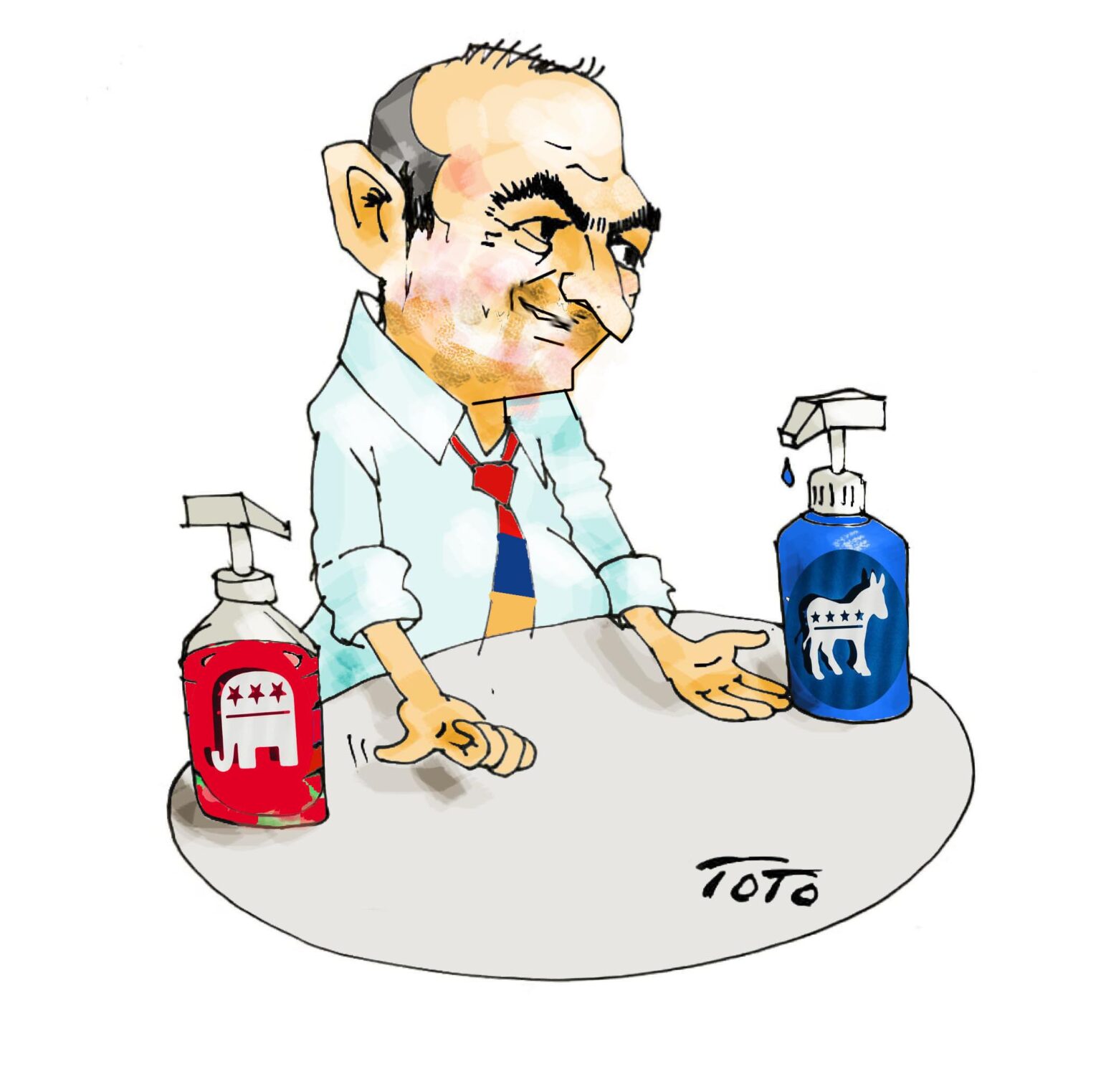US foreign policy is advancing rapidly under the “America First” concept. However, it takes time for experts to grasp President Donald Trump’s foreign policy priorities, and foreign leaders need direct contact with his team to clarify their positions. One thing is certain: the “America First” foreign policy is non-negotiable, and other countries will need to adapt to this approach like Panama, El Salvador, and Colombia have already done. Armenia is not an exception in this context.
Due to miscalculations, the Armenian authorities aligned themselves with the Democrats, expecting their victory in the elections and Kamala Harris to become president. This move aimed to secure ongoing financial and political support for Prime Minister Nikol Pashinyan and his team, along with stable bilateral relations for at least four years.
However, this reliance on one party and a lack of foreign policy diversification put Armenia in a challenging position. On one hand, the Armenians became closely linked to the Democrats, while on the other, their relations with the Trump administration soured due to the conservative and religious views of Trump’s team. The Armenian authorities are neither conservative nor particularly religious, and their strained relationship with the Armenian Apostolic Church further complicates the situation.
Given these circumstances, it was vital for Pashinyan to understand the approaches and foreign policy of the Trump administration in the South Caucasus. And in the shortest possible time, he needed to establish contact with this administration in order to get answers to existential questions.
Since Pashinyan was not invited to Trump’s inauguration, despite the fact that Armenia had signed a strategic partnership charter with the United States a few days earlier, Pashinyan was forced to travel to Washington at the first opportunity, trying to meet with the US political establishment and decision-makers.
And so, the opportunity was found. Nikol Pashinyan visited the United States. The pretext for the visit was participation in the International Religious Freedom Summit and the National Prayer Breakfast Event. These events were scheduled for February 2-5 and are held annually in the capital, Washington. Formally, this served as the basis for Pashinyan’s visit to Washington, which, as already mentioned, began on February 3 and continues until the 7th.
In fact, first of all, it was vital for Pashinyan to understand in which direction the Trump administration’s South Caucasus foreign policy would develop. Can he count on US support, and will the Trump administration provide the economic, financial, and political support that the Biden administration had provided until then? This is not just about the financial and technical assistance provided by USAID, but more importantly, the political support of the American administration for Pashinyan’s agenda, particularly in domestic political issues. This is probably the most important question, from which all other questions and their answers stem in one way or another.
Understanding the administration’s position on the Armenian-Azerbaijani negotiations is crucial for Pashinyan. He needs to ascertain whether the Trump team is willing to continue mediating a peace treaty, as 90 percent of the agreement has already been established with Biden’s mediation, leaving only a few key issues unresolved. Would Trump want to take on mediation at this advanced stage, potentially positioning himself as a key figure in the agreement and inching closer to the Nobel Peace Prize he covets? This context shapes Pashinyan’s efforts to persuade US officials, the Armenian community, and lobbyists that Washington will not pressure Azerbaijan or abandon Resolution 907, nor pursue any resolutions against Azerbaijan and Aliyev. This is a pressing concern for Baku, and Pashinyan is actively pursuing this angle.
Pashinyan needs to ascertain the Trump administration’s interest in his “crossroads of peace” concept and the extent of its potential support. This idea also involves Iran, Russia, and other regional players, meaning that a negative stance from Washington could doom it. The influence of Turkey, a strategic US ally and Armenia’s neighbor, alongside recent developments in Georgia and the new administration’s stance, further complicates the situation.
Pashinyan should clarify for himself if the US will continue acting as a mediator in the normalization of Armenian-Turkish relations, as it has since 1991. He needs guarantees in this regard; without them, there will be little external pressure on Turkey to advance the normalization process. The struggling Armenian-Turkish negotiations could easily become a significant foreign policy failure for Pashinyan, with serious consequences.
Finally, Pashinyan needs to assess Trump’s policy towards Iran and Russia to determine his maneuverability in engaging with these nations, especially given the tensions in Armenian-Russian and stagnant Armenian-Iranian relations stemming from Armenia’s attempts to affirm loyalty to the West. If there is a shift in this loyalty requirement, particularly if US-Russian relations normalize, he may face challenges. Additionally, Pashinyan will seek to gauge the Trump administration’s interest in the Armenian-American strategic partnership and the US priorities regarding Armenia. The implementation of the Armenian-American Strategic Charter depends largely on the political will of the Trump administration.
Pashinyan’s visit to Washington aims to secure political support. He understands that failing to receive favorable responses to his questions could indicate a loss of backing in Washington, distinct from the support he enjoyed during the Biden administration. This concern revolves primarily around political support and this is the true purpose of his trip to DC.
Originally published at https://mirrorspectator.com/2025/02/05/pashinyans-visit-to-dc-serves-a-specific-purpose/
